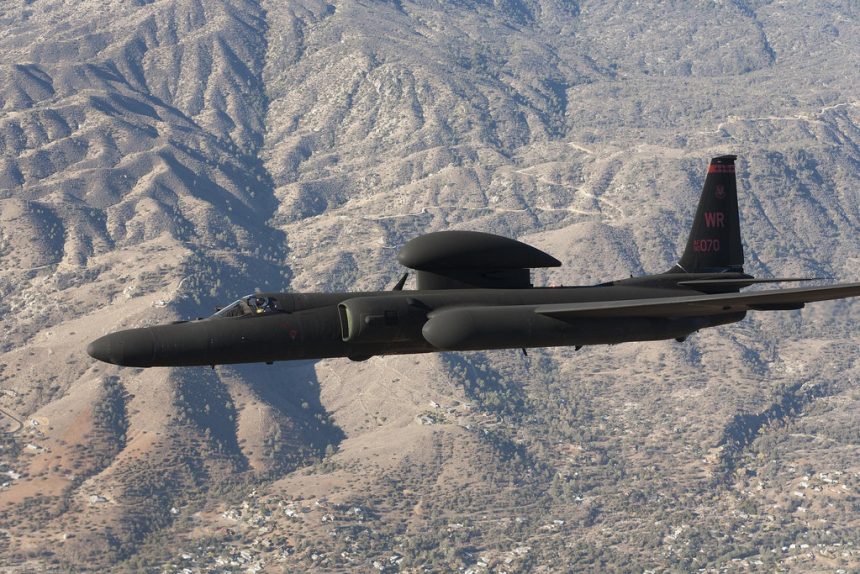According to a senior Iranian commander, several reconnaissance aircraft, including some U-2 spyplanes, have been frighten away by Tehran air defenses as they flew close to Iran’s airspace.
On Dec. 22, General Shahrokh Shahram, Lieutenant Commander of Khatam ol-Anbia Air Defense Base said that Iran’s air defense units scared away several surveillance planes, including some U.S. U-2 Dragon Lady spyplanes that were flying near the borders of Tehran FIR (Flight Information Region).
“During yesterday and today [Dec. 21 and 22] warnings have been issued to several reconnaissance aircraft of the trans-regional states which were flying near the FIR (Flight Information Region) of the country’s borders[..] Some of these were U-2 spyplanes” Shahram said according to FNA (Fars News Agency).
FNA speculates the aircraft may be spying on Iran ahead of “Mohammad Rasoulallah (PBUH)” drills, scheduled between Dec. 25 and 31.
Earlier this month an Iranian top officer, Air Defense Commander Brigadier General Farzad Esmayeeli, said that a U-2 “stealth aircraft” flying close to Iran’s airspace was tracked, warned and somehow forced to make a U-turn by Iranian missile systems, “even though this type of plane can’t be picked up by any radar screen.”
Coated with RAM (Radar Absorbing Material) and designed to be hard to detect on radars, the U.S. Air Force U-2 is not considered a real stealth aircraft, even if it embeds radar-evading features.
U.S. Air Force U-2s have been operating in the region for years departing from Al Dhafra airbase in the UAE.
Along with a certain number of indigenous systems under development, Iranian air defenses include a mixture of Soviet and Western surface-to-air missile systems. Among them the HQ-2 (CSA-1 GUIDELINE, a Chinese-produced S-75 derivative – the SAM systems which downed Gary Power’s U-2 back in 1960) and the S-200 (SA-5 GAMMON) both theoretically capable of shooting down a high-flying target.
Indeed, although it may struggle against cruise missiles and modern stealth bombers, especially if accompanied by significant EW (Electronic Warfare) support, Iran’s air defense system, with its batteries along the coast (one of those is Bandar Abbas in the south of the country) can pose a significant threat to several aircraft, including U-2s or UAVs (unmanned aerial vehicles) flying over the Persian Gulf and the strategic Strait of Hormuz.
Iran reportedly shot down an Israeli drone near Natanz nuclear enrichment facility in central Iran last August. Finding the small drone is like finding needle in a haystack General Esmayeeli said addressing a students gathering on Dec. 7. “We should take good care not to harm passenger planes when identifying and shooting down such drones,” he said.
A classified Pentagon report obtained by The New York Times in 2012 claimed that Iranian SAM batteries had fired at civil planes at least three times between 2007 and 2008.
Image credit: Lockheed Martin















